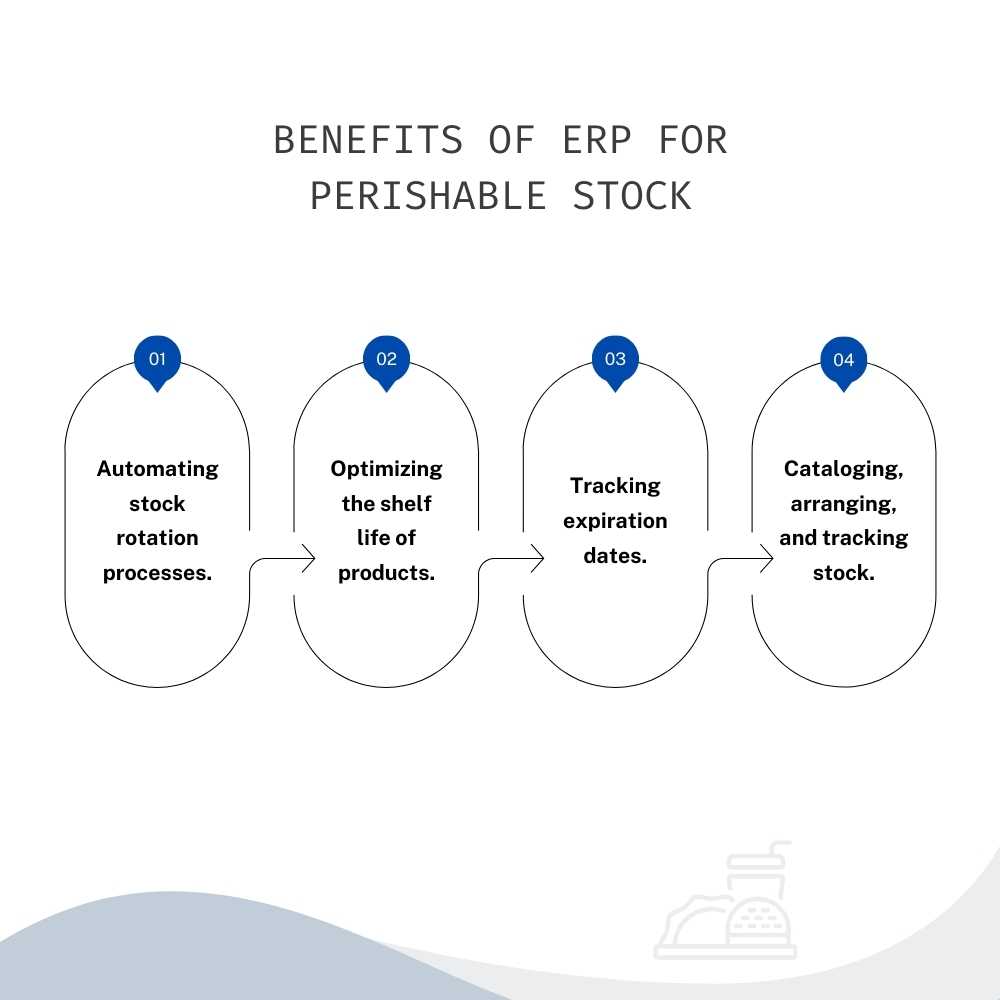In business, managing perishable stock is a critical task that demands precision, foresight, and strategic planning. Whether you’re handling fresh produce, pharmaceuticals, or perishable goods, the challenge lies in ensuring optimal inventory turnover while minimizing waste. Efficiently managing perishable stock is not merely about preservation; it’s a blend of meticulous inventory control, streamlined processes, and proactive decision-making. Here are essential strategies and challenges to master this delicate balance.
challenges
Here’s a list of challenges encountered in managing perishable stock:
- Short shelf life
- Fluctuating demand
- Seasonal variations
- Susceptibility to damage and spoilage
- Complex storage requirements
- Inventory obsolescence
- Perishable stock tracking complexities
- High handling and transportation costs
- Limited market window for sale
- Regulatory compliance for certain perishable items
types of perishable stock
Certainly, here’s a list of types of perishable stock:
- Fresh produce (fruits and vegetables)
- Dairy products (milk, cheese, yogurt)
- Meat and poultry
- Seafood
- Bakery items (bread, pastries)
- Prepared foods (deli meats, salads)
- Pharmaceuticals and medical supplies
- Floral products (flowers, plants)
- Frozen foods
- Perishable beverages (fresh juices, certain types of teas)

strategies
Here are key strategies to master this delicate balance.
Implement Robust Inventory Management Systems:
Invest in advanced inventory management software capable of real-time tracking, forecasting, and analyzing data. These systems offer insights into stock levels, expiration dates, and sales patterns, empowering you to make informed decisions swiftly.
Adopt First-In, First-Out (FIFO) Methodology:
Prioritize the sale and usage of perishable items based on their arrival dates. FIFO ensures older stock is used or sold first, minimizing the risk of things nearing expiry.
Accurate Demand Forecasting:
Leverage historical sales data, market trends, and seasonal fluctuations to forecast demand accurately. This foresight aids in adjusting procurement and production schedules, preventing overstocking or understocking situations.
Strategic Supplier Relationships:
Cultivate strong relationships with suppliers. Negotiate flexible terms and schedules that align with your demand fluctuations, enabling a balanced supply chain.
Optimize Storage and Handling Practices:
Ensure proper storage conditions such as temperature, humidity, and packaging. Regularly inspect and rotate stock to prevent spoilage and maintain quality.
Implement Just-in-Time (JIT) Inventory Practices:
Embrace JIT to minimize excess inventory by receiving goods as needed. This approach decreases storage costs and the risk of perishables reaching expiration dates while on shelves.
Train and Educate Staff:
Educate your team on the significance of handling perishable items. Train them in properly handling, storing, and identifying items nearing expiration.
Strategic Pricing and Promotion:
Develop pricing strategies or promotions for items nearing expiration to encourage sales, preventing potential waste.
Regular Monitoring and Review:
Conduct regular audits to assess stock levels, expiration dates, and the effectiveness of implemented strategies. Adjustments based on these reviews help fine-tune your perishable stock management approach.
Waste Management Plan:
Design a complete waste management strategy to minimize the impact of expired or unsold items. Consider donation programs or partnerships with local organizations to divert surplus stock to those in need.
Efficient management of perishable stock demands a proactive and multifaceted approach. By amalgamating technology, strategic planning, and a dedicated team effort, businesses can strike a harmonious balance between meeting demand, minimizing waste, and maximizing profitability. Embrace these strategies to manage and master the art of handling perishable stock efficiently.
Conclusion
Acumatica Cloud ERP is a transformative solution poised to revolutionize the management of perishable stock. Acumatica empowers businesses to achieve heightened control and efficiency in handling perishable inventory through its integrated functionalities.
With real-time visibility, robust inventory tracking, and sophisticated forecasting capabilities, Acumatica enables precise management of expiration dates, optimal stock levels, and streamlined processes.
This innovative platform facilitates proactive decision-making, ensuring minimized waste, enhanced shelf life, and maximize profitability for businesses navigating the delicate realm of perishable stock management.

Vijay comes with a vast experience in ERP and enterprise solutions space with about 20 years of experience in various packaged application like Acumatica, SAP, Orion, Salesforce.com, SugarCRM and, SalesLogix.

